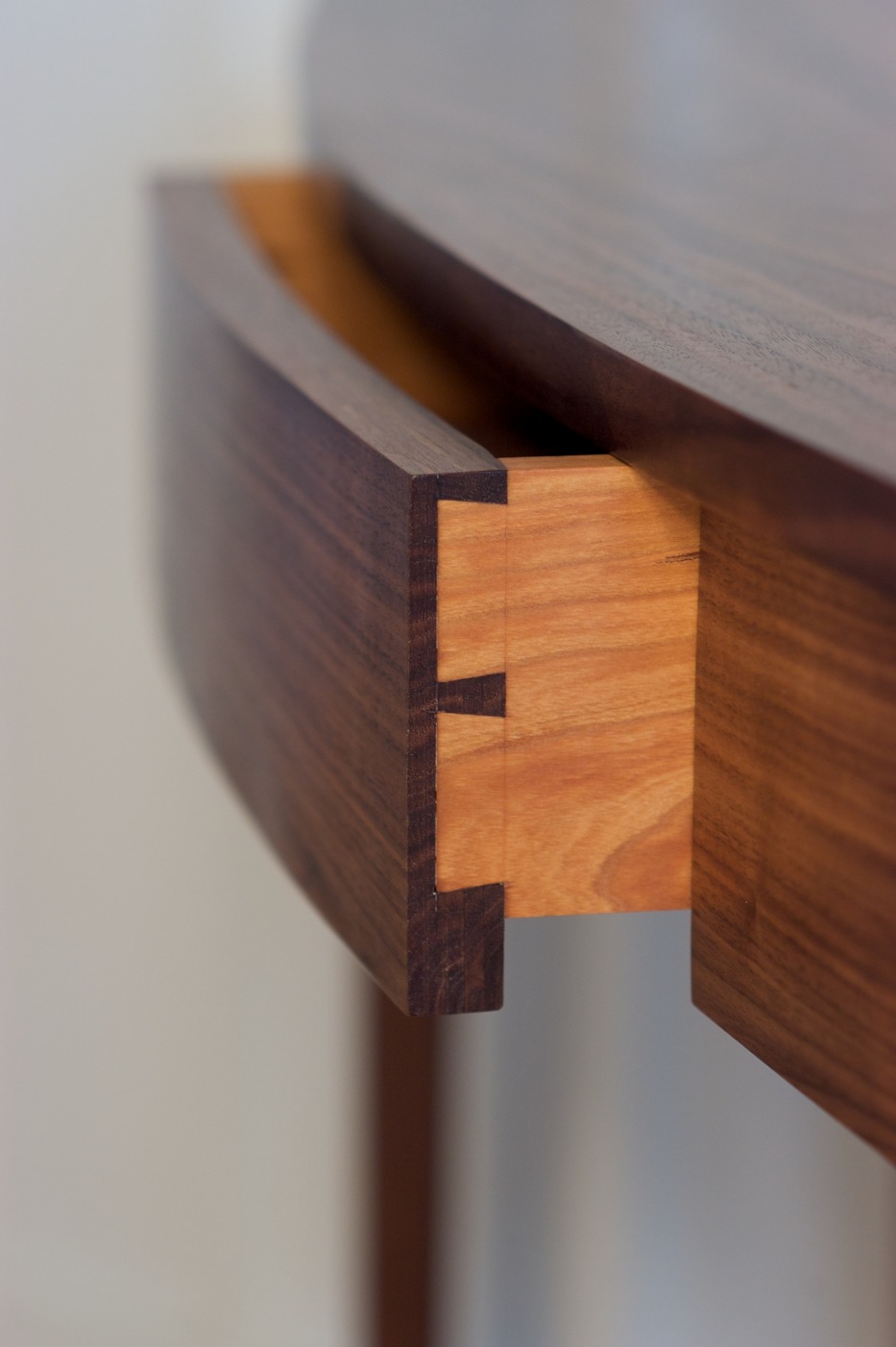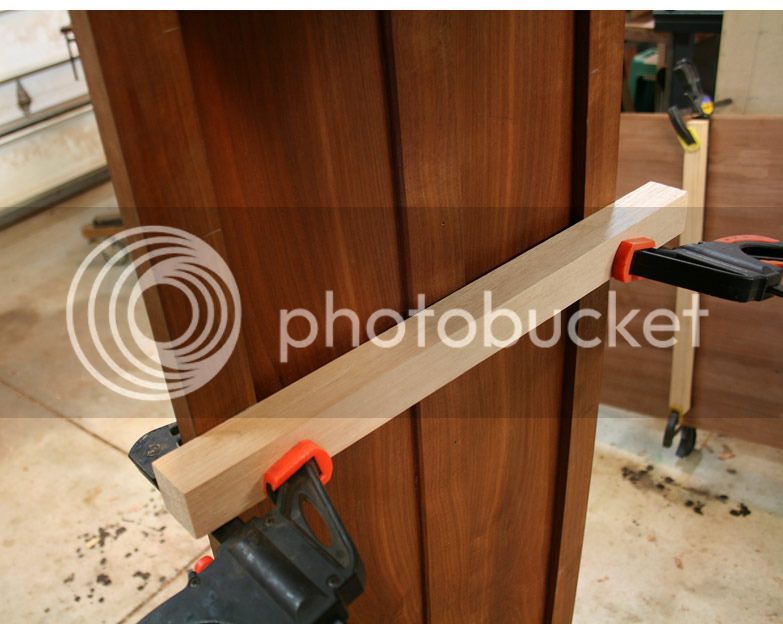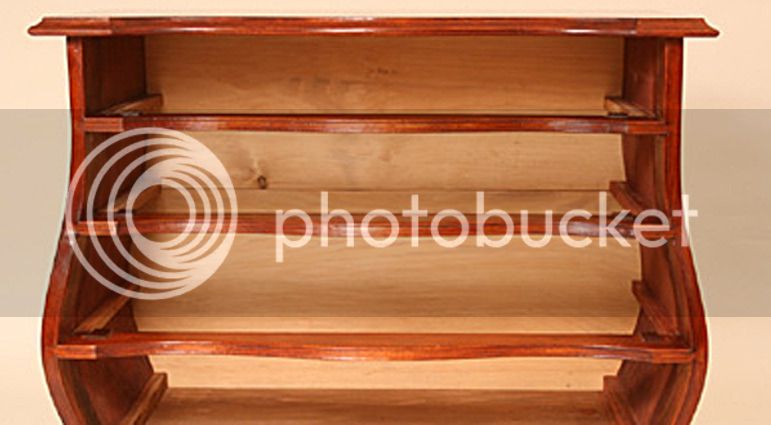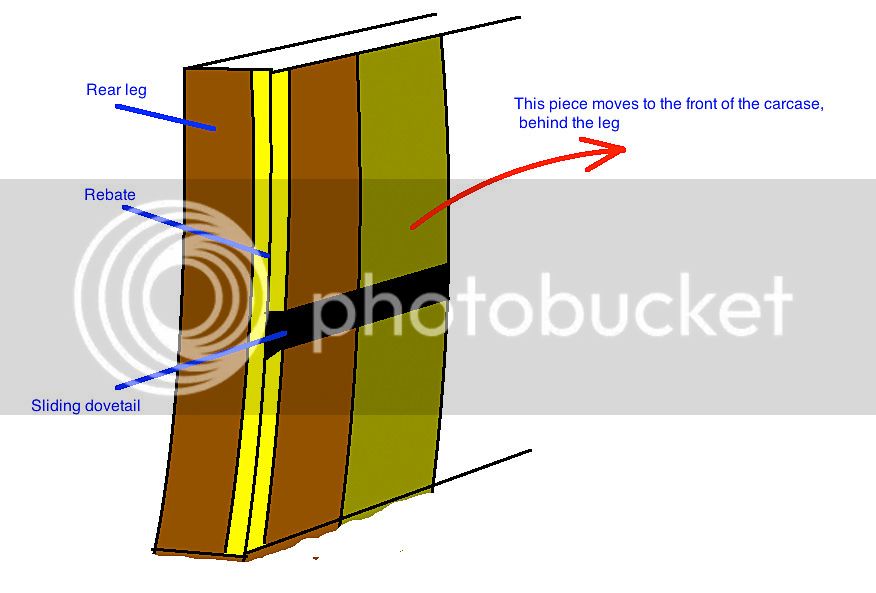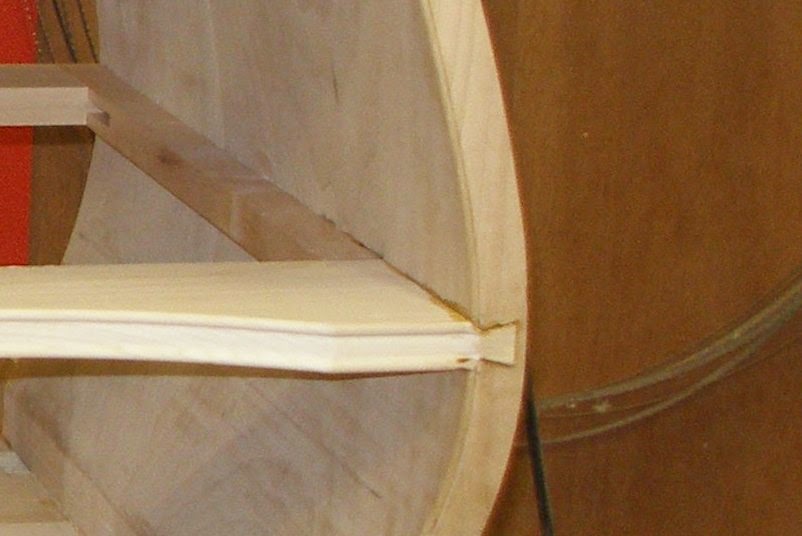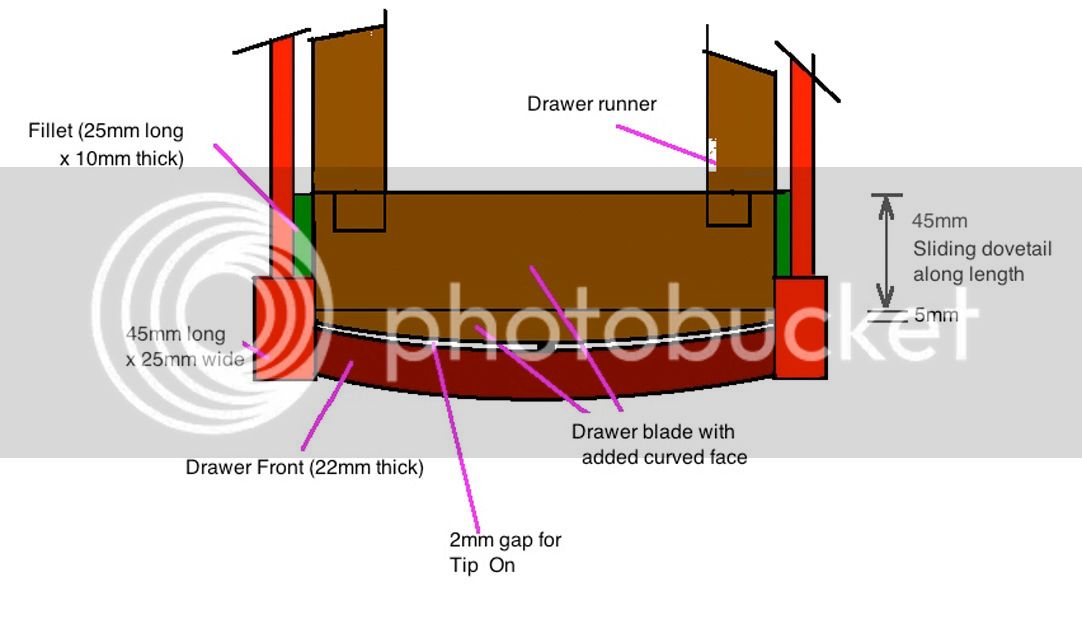Derek, I have enjoyed your website for a long time. There are a few bits I can't follow but put that down to my deficiency but also the reading/photo quality when transmitted to my iPad.
I admire your designs which seem to me to balance simplicity, elegance and craftsmanship. Sure, I would do some things differently - but that's different, not better.
I would like (constructive, helpful) views on one thing you mentioned which I do struggle abut with. You say that the demonstrator works with fractions of a mm and ask if this is excessive. As we all work with this dead medium which still moves, can I suggest that the only time fractions of a mm matter is when the two mating pieces are glued together (eg glued up panels, dovetails, veneer joins) when perhaps that perfection is achieved as much by cramp pressure as by handicraft. Otherwise, and I'm thinking of drawer fit as an obvious example, isn't fraction of a mm obsessive as you ask?
I admire your designs which seem to me to balance simplicity, elegance and craftsmanship. Sure, I would do some things differently - but that's different, not better.
I would like (constructive, helpful) views on one thing you mentioned which I do struggle abut with. You say that the demonstrator works with fractions of a mm and ask if this is excessive. As we all work with this dead medium which still moves, can I suggest that the only time fractions of a mm matter is when the two mating pieces are glued together (eg glued up panels, dovetails, veneer joins) when perhaps that perfection is achieved as much by cramp pressure as by handicraft. Otherwise, and I'm thinking of drawer fit as an obvious example, isn't fraction of a mm obsessive as you ask?





